Does LinkedIn Use an Algorithm?
Yes, yes it does! Like many other online platforms, LinkedIn uses a series of calculations and rules to determine how content is distributed, displayed, and interacted with. Meaning it decides who sees your content when they see it and how they see it.
As insurance agents and content producers, algorithms can either be your best friends or your worst enemies. It can launch your post into internet virality or send it tumbling down an internet crevice, but it’s not as cut and dry as some may be led to believe.
Cracking the LinkedIn algorithm can lead to significant growth once you learn how to use the algorithm to your advantage.
LinkedIn Algorithm Explained
LinkedIn’s algorithm works much like an email, in the way that they divide the type of content posted into distinct categories. LinkedIn tends to use a set of three; there’s Spam, Low Quality and Clear.
As an Insurance Agency dealing with complex topics your goal should be to make it into the “Clear” category as often as possible to boost your interaction. You’re now probably wondering “How do I make it so that my content is put into the clear category?” Well, it’s actually much simpler than one might first think.
Initial engagement is key to ensuring your content goes where it needs to, how people first react to your posts can either send it to the lovely plains of popularity or down to the dungeon of disapproval.
Users are the kings and queens of LinkedIn’s platform and as such, they have the ability to determine whether your content is worthy of being shown off to the world. Users are able to hide posts and even flag them for spam if they believe the need arises.
Before posting, consider asking yourself these simple questions:
- Am I posting too often? Too much posting in short intervals might turn users off to your content and cause them to hide future posts.
- Is my content appropriate? Is it possibly offending anyone? Posts that are found to be offensive tend to be flagged for spam or reported which can lead to take downs.
- Are people interacting? See if people are engaging with your posts, anything from reactions to comments are great for the algorithm.
- Is this content relevant to the people I want to reach? Depending on who you want to reach, the content posted can drastically change engagement.
AR Webinar Series: Social Media Best Practices for Insurance Agencies
This image from Brandwatch shows the flow of how LinkedIn algorithms filter through content.

Can I Use the Algorithm to My Insurance Agencies Advantage?
Absolutely, that is one of the main reasons we crafted this article. We want to help you beat the LinkedIn algorithm and get your posts snowballing. Just like any puzzle, the algorithm has various solutions that will lead you to your company’s goal.
Knowing when to post, what to post and how to post it efficiently is the key to unlocking this chest of success.
When Should I Post?
Knowing when to post is very important as it determines the potential amount of engagers for your content. Think of LinkedIn posting as a job, as it currently stands, most people tend to work a 9-5 job.
Use this as your main time frame of when to post, but we can narrow it down even more for better engagement. Peak times tend to be around people’s lunch (typically between 12-1) and as the days wind down and people are clocking out for their commute.
That does not make these the best times for posts.
According to research from HubSpot, different types of companies have their own time frames in which it’s best to post:
- B2B Businesses thrive before work (7am-9am), during lunch (11:30am-1pm) and on commutes (5pm-6pm)
- B2C Businesses follow the same path as B2Bs
What Type of Content Should I Be Posting?
LinkedIn is a unique platform as it brings together big corporations, small businesses and the employees who keep them running. It’s important to understand that numerous companies use LinkedIn to share their content, big names such as Microsoft, IBM and Amazon.
It’s a melting pot for corporation giants and up-and-comers. LinkedIn Publisher will be your go-to tool when creating long-form content like articles.
In fact, according to Statista, LinkedIn was projected to have 66.8 million users by 2022 and only continues to increase. That means the potential for new followers is always expanding.
For shorter, more casual posts, LinkedIn allows you to post an update much like Facebook or Twitter. Here, people can react, comment and share your posts.
This is where a bulk of your engagement will take place and where you should be interacting with followers. When it comes to posting content, always keep your posts varied and refreshing, don’t be afraid to try new things, and never forget to keep things interesting and entertaining:

Should I Use Hashtags on LinkedIn?
And thanks to the influence of Twitter, hashtags have become more important on LinkedIn as they allow you to add your content to a list of relevant posts. Using the correct number and type of hashtag can increase your reach and allow you to discover new content.
The key is to not include too many – the sweet spot is no more than 3 relevant hashtags per post. But above all, remember not to overthink your posts, if you have something interesting or important to say, people will find it.

How to “Hack” the LinkedIn Algorithm in 2022
As you’ve learned, the LinkedIn algorithm can be quite difficult to figure out but at the same be just as simple. It’s a complicated calculator that has many different buttons and inputs.
The nice thing about calculators though is that they have shortcuts that everyone and anyone can use. All it takes is knowing where to find them and the best way to use them.
1. Engagement is King
Throughout the article, engagement has been a massive talking point. Interacting with your followers and other content producers is important for growth as it shows LinkedIn you bring something good to the table.
For example, if there are two people sharing similar content but one gets twenty interactions a post while the other gets three or four, LinkedIn is much more likely to share the former. The main goal for LinkedIn is to entice users to stay on the site for as long as possible.
More time spent on the website means more revenue for them, so they love to see creators stirring up interest. Follow the 80-20 rule, which simply means for every one thing you post, try commenting on five others.
This ratio will ensure that the flow of views and interactions is constant and increasing.

2. Comments are Currency
Comments are the most consistent form of communication on LinkedIn, they’re also the most impactful when it comes to the algorithm. As such, longer sentences tend to do much better than shorter ones or reactions. Think of comments as dollar bills and reactions as coins.
Longer comments mean more money and more money makes LinkedIn happier, which in turn rewards you by bringing more attention to your posts and content.
As seen in the image below, Brendan Frazier is interacting with other users in a very meaningful way by responding thoughtfully and making connections.

Quick Tip: When posting, make one of your goals to get as many comments as quickly as possible. Faster comments means better algorithm calculations.
3. Get People Involved
Along with writing your own comments on other company’s or people’s posts, you want your followers to discuss yours. What’s the best way to do this? Ask interesting or entertaining questions relevant to the post.
Invite people to explain how they feel or their thoughts on a situation or product. This will not only keep their attention but also attract more views to your publication.
Quick Tip: Another great trick is to tag people with the @ that you know will interact with the post. This will draw in more attention and in turn create more engagement.

4. Keep it on Platform
LinkedIn loves all forms of content, everything from videos, posts, websites, etc. One thing to make note of is that native content almost always performs better on the algorithm. This means that anything that doesn’t Link Out (Takes you off LinkedIn) does much better.
LinkedIn wants you to stay on site so posts and articles done on the platform will usually have better metrics and bring in a larger audience. If you do wish to link out because you want to share a great site or article, keep it to every third or fourth post.

New to the Game
Similar to other online services, LinkedIn is always changing and updating to stay up to date and innovate. With 2022 being a completely new year full of limitless potential and endless opportunities, LinkedIn has added a slew of new features to try and evolve your content and profile.
This article on LinkedIn shows off some of those new features:
- LinkedIn Stories
- Live Videos
- LinkedIn Polls
- Reactions
- Name Pronunciations
- Carousel Images on Organic Posts
- Video Meetings
- Editing Messages after Sending
- Highlight Featured Posts on Profile
- Merge Accounts
And much much more.
That’s a Wrap!
LinkedIn’s algorithm can be a wonderful tool for content creators as it allows them to take known calculations and use them to boost their pages. Users are able to create their own success as long as they put in the effort.
Remembering the information in this article could be the key to turning around your follower count or to further increasing the numbers. We hope to see you thrive on LinkedIn and look forward to your success.






